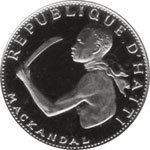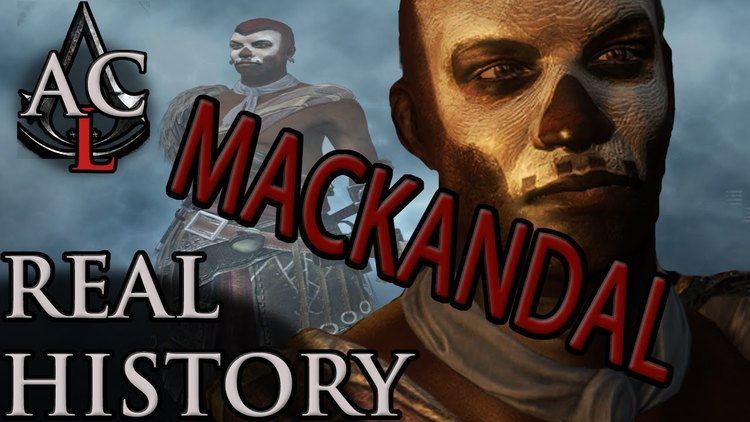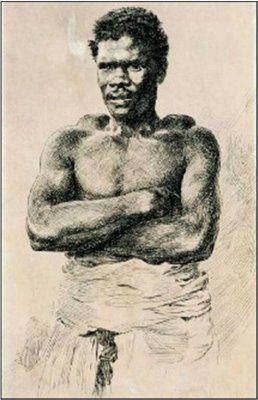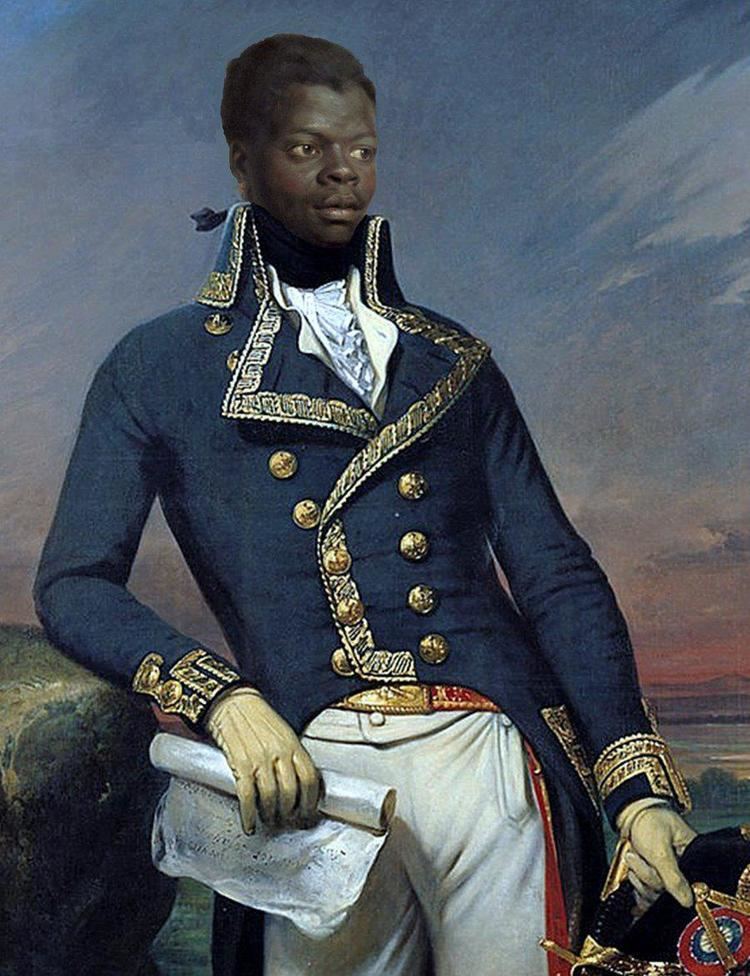Name Francois Mackandal | ||
 | ||
Assassin s creed the real history fran ois mackandal
François Mackandal (died 1758) was a Haitian Maroon leader in Saint-Domingue. He was an African who is sometimes described as Haitian vodou priest, or houngan. Some sources describe him as a Muslim, leading some scholars to speculate that he was from Senegal, Mali, or Guinea, though this assertion is tenuous given the lack of biographical information from this era, and is highly contested. Haitian historian Thomas Madiou states that Mackandal "had instruction and possessed the Arabic language very well." But given the predominance of Haitian Vodou on the island, most assume Mackandal to be associated with this faith instead. In the book "Open door to Liberty," Mackandal was mentioned, talking about his life as a vodou priest and joining Maroons to kill whites in Saint Domingue, till he was captured and burned alive by French colonial authorities.
Contents
- Assassin s creed the real history fran ois mackandal
- Black Heroes Francois Mackandal
- Biography
- Mackandal in popular culture
- References

The association of Mackandal with "black magic" seems to be a result of his use of poison, derived from natural plants:

The slave Mackandal, a houngan knowledgeable of poisons, organized a widespread plot to poison the masters, their water supplies and animals. The movement spread great terror among the slave owners and killed hundreds before the secret of Mackandal was tortured from a slave. (emphasis added)

Black Heroes Francois Mackandal
Biography

Mackandal created poisons from island herbs. He distributed the poison to slaves, who added it to the meals and refreshments they served the French plantation owners and planters. He became a charismatic guerrilla leader who united the different Maroon bands and created a network of secret organizations connected with slaves still on plantations. He led Maroons to raid plantations at night, torch property, and kill the owners.

In 1758, the French, fearing that Mackandal would drive all whites from the colony, tortured an ally of Makandal into divulging information that led to Makandal's capture and subsequent burning at the stake in the public square of Cap-Français, now Cap-Haïtien.
Beyond the sketch of historical events outlined above, a colorful and varied range of myths about the man's life exist. Various supernatural accounts of his execution, and of his escaping capture by the French authorities, are preserved in island folklore, and are widely depicted in paintings and popular art.
It is speculated that Mackandal lost his right arm in a farming accident when it was caught in a sugarcane press and crushed between the rollers.
Mackandal in popular culture
One of the most well-known portraits of Mackandal is that in Alejo Carpentier's magical realist novel, The Kingdom of this World.
Mackandal's public torture and execution (via burning at the stake) is depicted vividly in Guy Endore's 1934 novel Babouk. Both Mackandal's rebel conspiracy and his brutal killing are shown as influential on Babouk (based on Boukman), who helps to lead a 1791 slave revolt.
A fictionalized version of Mackandal also appears in Nalo Hopkinson's novel, The Salt Roads and in Mikelson Toussaint-Fils’s novel, Bloody trails: the Messiah of the islands (in French, Les sentiers rouges: Le Messie des iles).
In Neil Gaiman's novel American Gods, a boy named Agasu is enslaved in Africa and brought to Haiti, where he eventually loses his arm and leads a rebellion against the European establishment. This account is very similar to that of Mackandal's.
C G S Millworth's novel, Makandal's Legacy tells of Makandal's fictional son, Jericho, and the gift of immortality he received as a result of his father's pact with the voodoo spirits, the lwa.
The Harvard ethnobotanist and Anthropologist, Wade Davis, writes about Francois Macandal in his novel "The Serpent and the Rainbow." In the chapter "Tell my Horse" Davis explores the historical beginnings of vodoun culture and speculates Mackandal as a chief propagator of the Vodoun religion.
In the video game Assassin's Creed III: Liberation, the character Agaté mentions François Mackandal as having been his Assassin mentor, and also recalls how Mackandal was burned at the stake following his failed attempt to poison the colonists of Saint-Domingue. The game portrays a false Mackandal who is actually another character called Baptiste, who according to Agaté was once a brother and has also been trained by the real Mackandal. The character uses a Skull face painting and like the real Mackandal he is missing his right arm. Mackandal is also mentioned many times in Assassin's Creed Rogue
